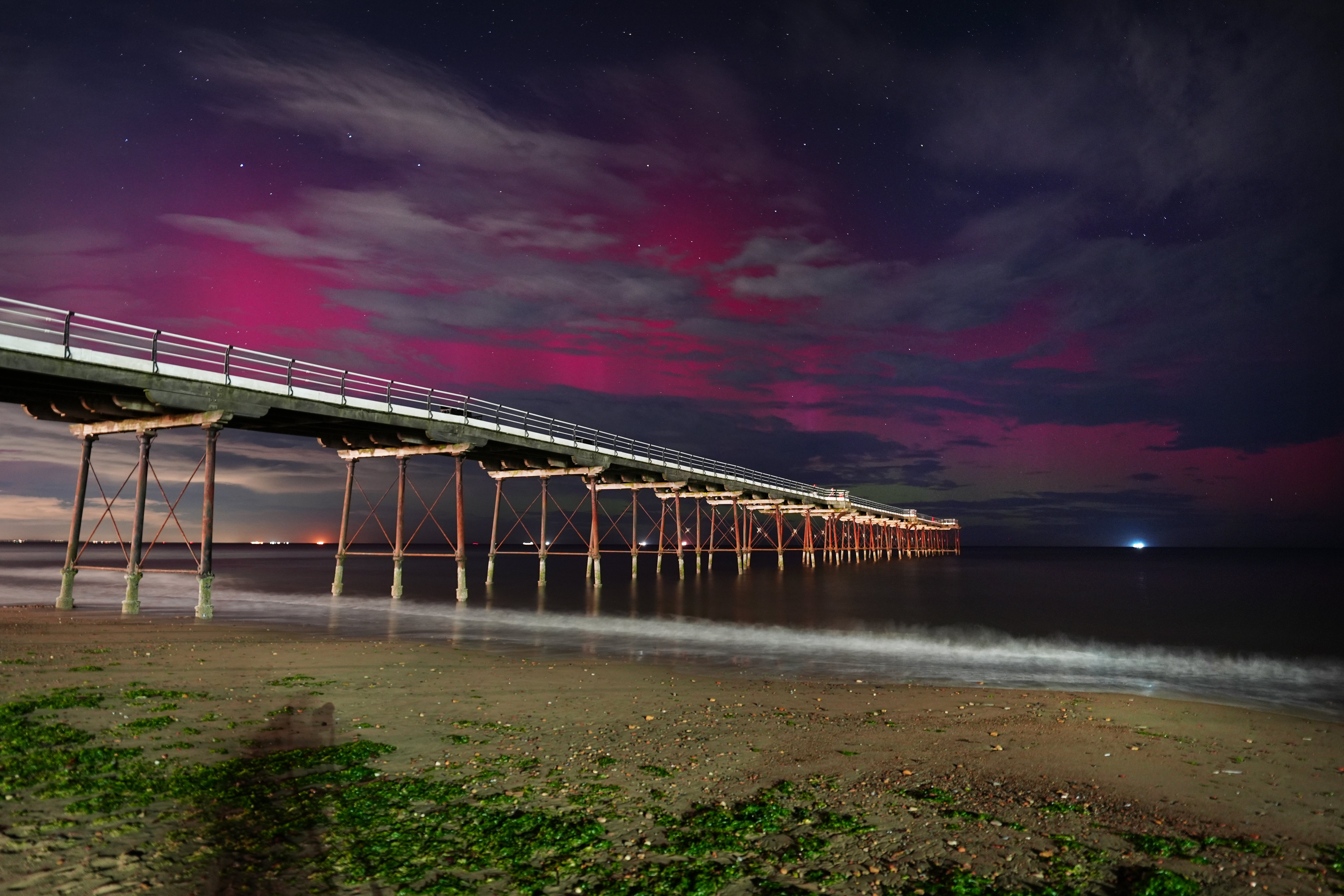A series of solar storms is expected to bring impressive auroras to the Northern Hemisphere this week.
Four coronal mass ejections (CMEs) launched between 11 and 13 October, with the first set to reach Earth late on Wednesday, according to the UK Met Office’s latest space weather forecast.
The most significant displays of northern lights will take place early in the morning on Thursday 16 October, with further geomagnetic activity expected on Friday.
Auroras could be visible as low as New York and Idaho in the US, while in the UK displays are expected to reach as far south as Yorkshire.
How to see the northern lights
The US National Oceanic and Atmospheric Administration (NOAA) has several tips for eager sky gazers hoping to see the northern lights this week.
“Go out at night. Get away from city lights,” NOAA noted on its website.
“Best aurora is usually within an hour or two of midnight (between 10pm and 2am local time). These hours of active aurora expand towards evening and morning as the level of geomagnetic activity increases.

“There may be aurora in the evening and morning but it is usually not as active and therefore, not as visually appealing.”
The agency also notes that the best time of year to see the auroras are around the spring and autumn equinoxes.
With the autumn equinox falling on 22 September this year, mid October should be a good time to witness northern lights’ displays.
When and where to see the northern lights
NOAA’s Space Weather Prediction Center said geomagnetic disturbances will reach G2 levels on Wednesday night and Thursday, which could reach northern parts of the UK and US.
Such powerful storms have the potential to also affect satellites and cause power grid fluctuations.
"NOAA's model run shows the first storm hitting early to midday 14 October UTC time,” space weather scientists Tamitha Skov wrote in a blog post.
“Storms 2–4 arrive starting midday on October 15. We could be dealing with their effects until early October 17, assuming the sun does not send us any other Earth-directed storms.”
Patchy cloud is currently forecast across much of the UK on Wednesday night, though there should be breaks in the cloud in parts of northern England, Wales and Scotland.

.jpeg)























.jpeg)














 English (US) ·
English (US) ·